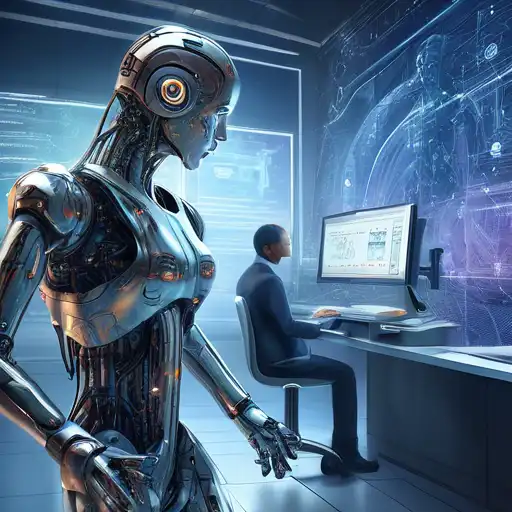Introduction to AI and Machine Learning
In the rapidly evolving world of technology, Artificial Intelligence (AI) and Machine Learning (ML) are two terms that often come up in discussions about the future of computing and automation. While they are closely related, they are not the same thing. This article aims to demystify these concepts and highlight the key differences between them.
What is Artificial Intelligence?
Artificial Intelligence is a broad field of computer science focused on creating systems capable of performing tasks that typically require human intelligence. These tasks include problem-solving, understanding natural language, recognizing patterns, and making decisions. AI can be categorized into two types: Narrow AI, which is designed to perform a specific task, and General AI, which can understand, learn, and apply knowledge in different contexts.
What is Machine Learning?
Machine Learning is a subset of AI that involves the development of algorithms that allow computers to learn from and make predictions or decisions based on data. Unlike traditional programming, where a programmer writes explicit instructions, ML algorithms improve their performance as they are exposed to more data over time. This learning process can be supervised, unsupervised, or reinforced, depending on the nature of the task.
Key Differences Between AI and Machine Learning
- Scope: AI encompasses a wider range of technologies and applications, while ML is specifically focused on data-driven learning.
- Functionality: AI systems can simulate human intelligence across a broad spectrum of activities, whereas ML systems are designed to perform specific tasks by learning from data.
- Dependency: ML is dependent on data to learn and improve, but AI can operate based on predefined rules without necessarily learning from data.
Applications of AI and Machine Learning
Both AI and ML have transformative applications across various industries. AI is used in robotics, natural language processing, and autonomous vehicles, among others. ML, on the other hand, powers recommendation systems, fraud detection, and predictive analytics. Together, they are driving innovation and efficiency in ways previously unimaginable.
Conclusion
Understanding the difference between AI and Machine Learning is crucial for anyone looking to navigate the future of technology. While AI provides the overarching framework for simulating human intelligence, ML offers the tools and techniques for learning from data. As these technologies continue to evolve, their potential to revolutionize industries and improve our daily lives is limitless.
